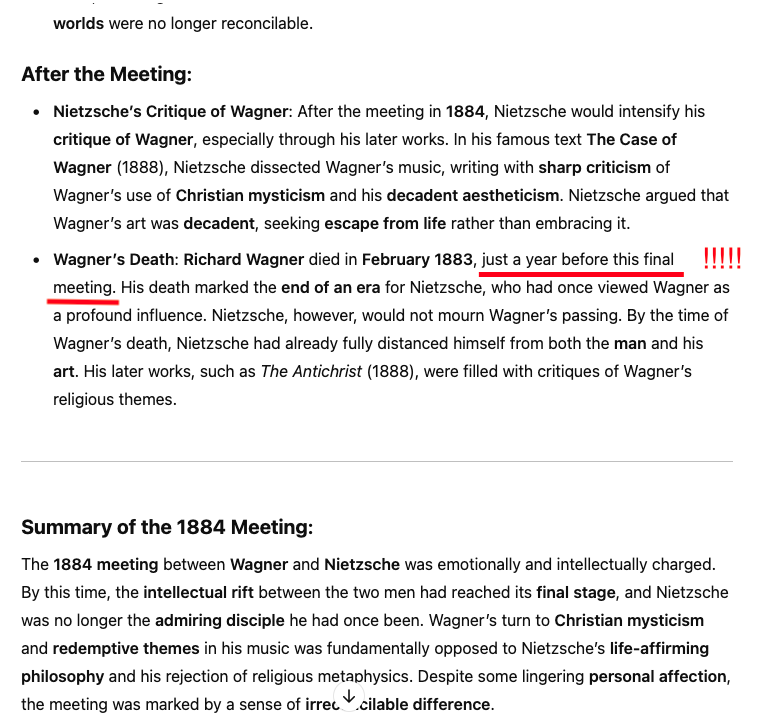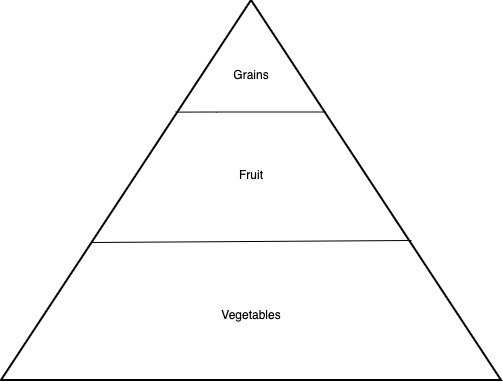It’s one of those synchronicities that happens to me quite regularly that just after I had finished writing my blog post from about a month ago explaining why we are in the middle of a period of mass inflation that is not counted by the official statistics, I stumbled across a news story which suddenly made clear exactly why the government is lying about inflation. The lies are not just the usual propaganda that greases the wheels of politics. There’s something much more fundamental going on: our governments are addicted to inflation.
Long-term readers would know that I live in Melbourne, Australia, which is kind of a hotspot for all the various pathologies brought on by neoliberalism. The state government here has debt that is currently about $170 billion and the official plan is to grow that debt in the years ahead. Every other Australian state is in the same position and for the same basic reason: we need to go into debt to fund massive infrastructure projects.
No surprise then that the news story I stumbled across was related to infrastructure and, more specifically, how this infrastructure is getting funded. The Victorian government is planning to build an enormously expensive rail loop in the suburbs of Melbourne. The project makes no sense. To put it another way, it makes about as much sense as lockdowns, mRNA vaccines, puberty blockers etc. We are given to presume that there is some genius plan to it all that us mere mortals are simply incapable of understanding. Shut up and trust the experts, pleb.
What caught my attention, however, is how the government is going to fund it. Apparently that hasn’t been worked out yet, which is a bit weird since the contracts have already been signed. Nevertheless, the news story informed us that about one third of the money is expected to come from something called “value capture”. My ears pricked up on hearing that since it’s a classic-sounding political weasel word. Weasel words are fine to bullshit your way through a press conference, but they are certainly not fine as a way to fund a multi-billion dollar project. So, I decided to find out what “value capture” really means.
It turns out that it means the government will fund the project through debt and then use increased revenues that result from the project to pay back the debt. That raises a follow-on question: how is this project going to raise revenue for the government? After all, public transport is not supposed to be highly profitable since, as the name suggests, it is a public service.
Apparently, “value capture” is all about revenue that comes from increased taxation. So, the Victorian government is planning to fund one third of its infrastructure project by increased revenue from taxation. Next question: what sort of taxation are we talking about? It took only a few minutes to figure it out.
I went and looked up the Victorian government revenues statistics from the last few decades. They tell a very interesting story.
The backbone of the government’s revenue has traditionally been payroll tax. But payroll tax has been falling as a proportion of total tax. In 1996, it made up almost 30% of receipts. Last year, it made up just 23%. Since payroll tax is a good proxy measure of productive economic activity, the fact that it has reduced as a proportion of the tax take seems like a bad development.
There was one other tax category that had also fallen in the last 30 years. Gambling taxes made up about 25% of receipts in 1996 but only 5% last year. Since gambling expenditure has only decreased very slightly over that period, I assume this has more to do with changes that were made to the taxation regime for gambling. In any case, this was a notable proportional fall in revenue.
So, if payroll and gambling tax receipts have declined proportionally, what has made up the difference?
Well, it should be no surprise to anybody familiar with the insanity of the Australian property market to find that stamp duty and land taxes have grown enormously. Stamp duty now makes up 33% of tax receipts in Victoria, while land tax has gone from less than 5% of receipts in 1996 to more than 10% last year. Almost half of the tax revenue of the Victorian government now comes from real estate.
And herein lies the dirty little secret that sits at the heart of modern Australian politics. When the government says it’s going to pay for infrastructure projects through “value capture”, that can mean only one thing: increased taxation revenue from a higher price of real estate. In order to pay for these giant infrastructure boondoggles, our government needs the percentage growth in property prices to be higher than the interest rate on the debt. Since property price growth is just another way to say inflation, our governments are addicted to real estate inflation.
This is, of course, the real reason why we are seeing such massive immigration numbers into Australia. Beneath all of the nonsense around being a welcoming, equitable, inclusive blah blah blah society lies the simple fact that we are in debt up to our eyeballs and we have only one way to pay that debt off and that’s by importing more people to drive up the price of real estate. That’s why, in the midst of a housing crisis, the choice is between the government and the opposition who promise to reduce immigration by a measly 25%. It’s a choice between driving off a cliff at 200 kph or 150 kph.
Since the finances of government have become dependent on real estate inflation, the government will do whatever it can do ensure prices continue to rise. That’s what “value capture” really means. But the system is already in debt and can only be propped up by more debt. Hence, we need every larger infrastructure boondoggles to pay off the last round of debt. The whole thing is a series of diminishing returns exactly equivalent to the heroin junkie who keeps upping the dosage but never gets the same high.
Just like the heroin junkie, eventually we are going to overdose and I’d say we have arrived at that point now. In Sydney, real estate is so insane that average workers can no longer even afford to pay rent, let alone mortgage repayments. The government’s “solution” is to build housing specifically for essential workers. Setting aside all of the other problems with that, it’s a mathematical fact that this extra expenditure can also only be paid off by increased tax revenues from real estate. Every “solution” just makes the problem worse.
So, we have ended up with a system that is going to destroy itself in the way any machine does when it gets into a positive feedback loop. How does a democracy get into such a state? Cowardice, lies, deceit, graft, corruption, greed, all the usual suspects. The more important question is: how does a democracy get out of such a state?
Well, history tells us there’s only one answer: a populist demagogue. The democratic system has ground to a halt. What we need now is a leader, somebody who is willing and able to bash some heads together.
The early signs are good that Trump is ready to do what he should have done the first time around in his second term as president. As he throws the cat amongst the pigeons in the US, it should give other western politicians an excuse to actually become leaders again and do what is necessary to fix the system. They can just blame it on Trump.
Of course, there is the larger question of whether the system is salvageable at all. I’d say we are about to find out.


